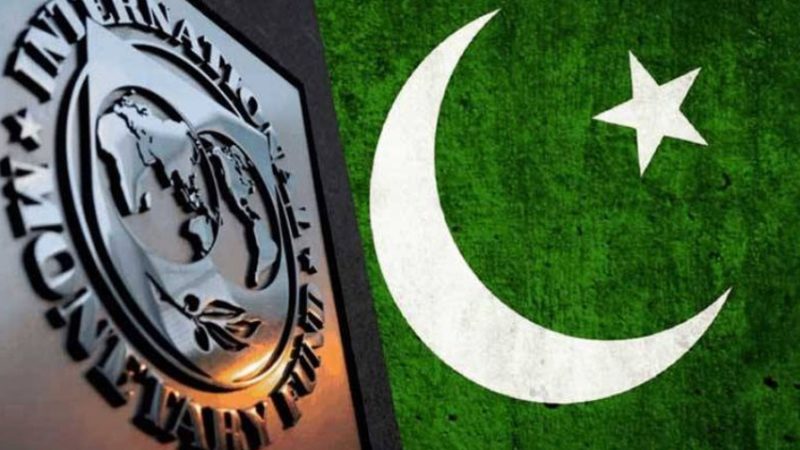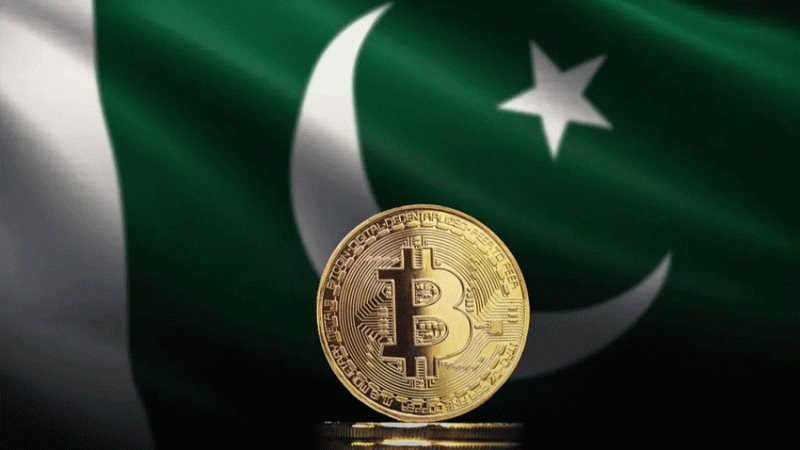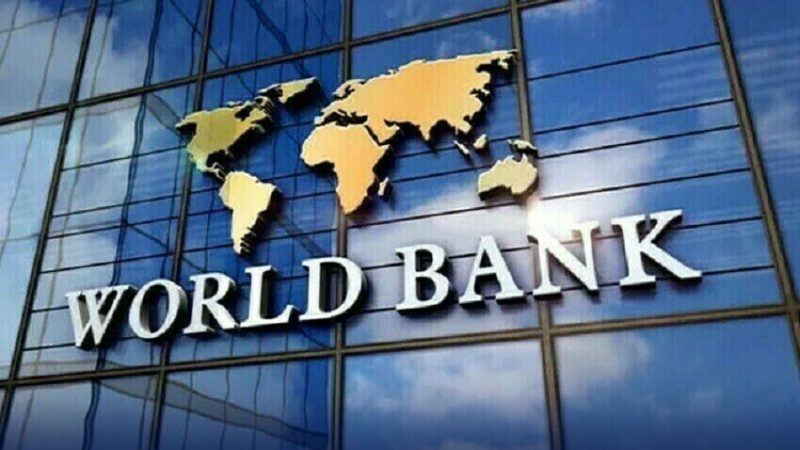Energy and food prices have pushed US inflation to its highest level in 40 years.
Last month, prices in the United States rose faster than expected, as rising energy and food costs pushed inflation to its highest level since 1981.
According to the Labor Department, annual inflation rose to 8.6 percent in May after easing in April.
The rising cost of living has squeezed households and put pressure on policymakers to address the issue.
Since March, the US Federal Reserve has been raising interest rates.
Analysts hoped that the moves would begin to cool economic activity, easing price pressures. However, the conflict between Russia and Ukraine has driven up the price of oil and commodities such as wheat by disrupting exports from Russia.
Food prices increased by more than 10% last month compared to May 2021, while energy prices increased by more than 34%.
However, according to the report released on Friday, the increases are continuing to spread throughout the economy, raising the prices of everything from airline tickets and clothing to medical services.
“So much for the notion that inflation has reached its apex. Consumer prices outperformed expectations – and not in a good way, with an 8.6 percent annual increase, the fastest in more than four years “”It’s been a long time,” said Greg McBride, chief financial analyst.
“Worse, the increases were nearly universal. There’s nowhere to hide.”
The United States has been dealing with rising prices since last year, when an unexpectedly strong economic recovery from the pandemic, fueled by large amounts of US government spending, including direct payments to households, overwhelmed supplies, prompting businesses to raise prices.
The Ukrainian conflict has now spread the problem throughout the world, with Covid-related shutdowns in China this spring contributing.
Officials are warning that growth in many countries is at risk of a sharp downturn as rising costs hit household purchasing power and cause a pullback in spending.
“The war in Ukraine, Chinese lockdowns, supply-chain disruptions, and the risk of stagflation are all weighing on growth. Many countries will struggle to avoid recession “This week, World Bank President David Malpass stated.







